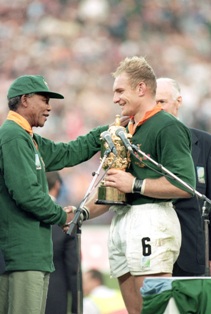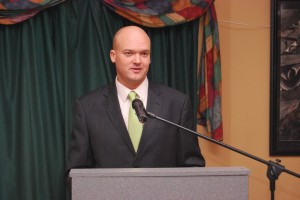Guest post by Tom Antion
I’m darn good at selling at the back of the room. In fact, just this month I did three speaking engagements at multi speaker events and I outsold all the other speakers put together. What’s unique about this is the way I do it is not obnoxious and high pressure. Today I want to give you a low pressure technique that can give you way more sales than when you nervously wait till the end of your talk to suggest people buy your book.
What I want you to do is put a copy of your book on the chair of every attendee at your event. You will put a note in the book that says something like, “You don’t have to buy this book. We are just going to use it during the presentation.”
Yes, I know this is a scary thing to do. I know you’re thinking, “What if everyone just walks out the door with all my books?” Relax . . .this won’t happen. People are generally honest.
You will pick the two best parts of the book and read them from stage as you are teaching a related point. You might use the three best parts if you are speaking for several hours.
Here’s what will happen. You’ll sell three times as many books and you’ll hardly have to even mention it’s for sale. Just put a box in the back of the room at your table and mention that you’ll be at the table if anyone wants to take the book home with them it will be 20 bucks (or some round number). Also, tell them you will personalize it for them.
The idea here is that instead of just “selling” your stuff, show the value of it and you’ll sell way more than you ever have before.
Tom Antion is a professional speaker with over 2700 paid speeches to his credit. He is the founder of the largest public speaking membership site on the Internet, and the author of the best selling professional speaker course of all time “The Wake ’em up Video Professional Speaking System“




